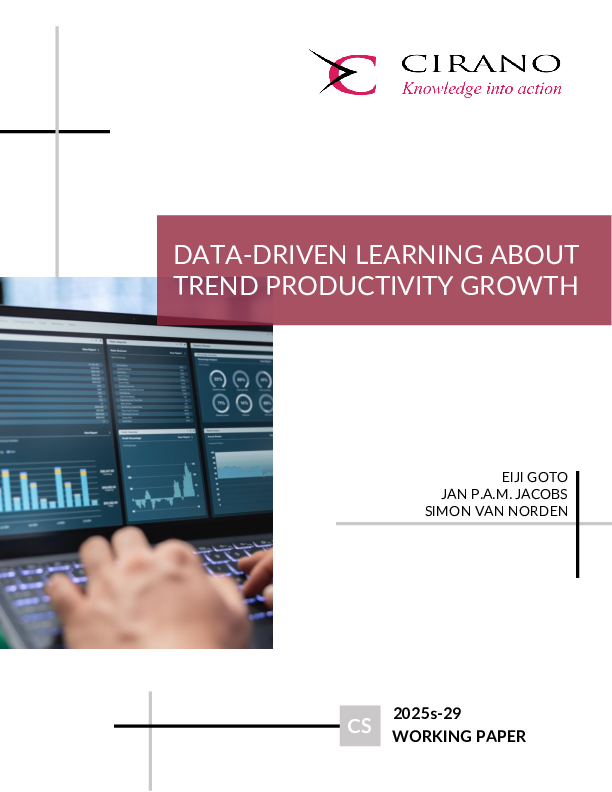Forecasting economic activity in data-rich environment
This paper compares the performance of five classes of forecasting models in an extensive out-of-sample exercise. The types of models considered are standard univariate models, factor-augmented regressions, dynamic factor models, other data-rich models and forecast combinations. These models are compared using four types of data: real series, nominal series, the stock market index and exchange rates. Our findings can be summarized in a few points: (i) data-rich models and forecasts combination approaches are the best for predicting real series; (ii) ARMA(1,1) model predicts inflation change incredibly well and outperform data-rich models; (iii) the simple average of forecasts is the best approach to predict future SP500 returns; (iv) exchange rates can be predicted at short horizons mainly by univariate models but the random walk dominates at medium and long terms; (v) the optimal structure of forecasting equations changes much over time; and (vi) the dispersion of out-of-sample point forecasts is a good predictor of some macroeconomic and financial uncertainty measures as well as of the business cycle movements among real activity series.




